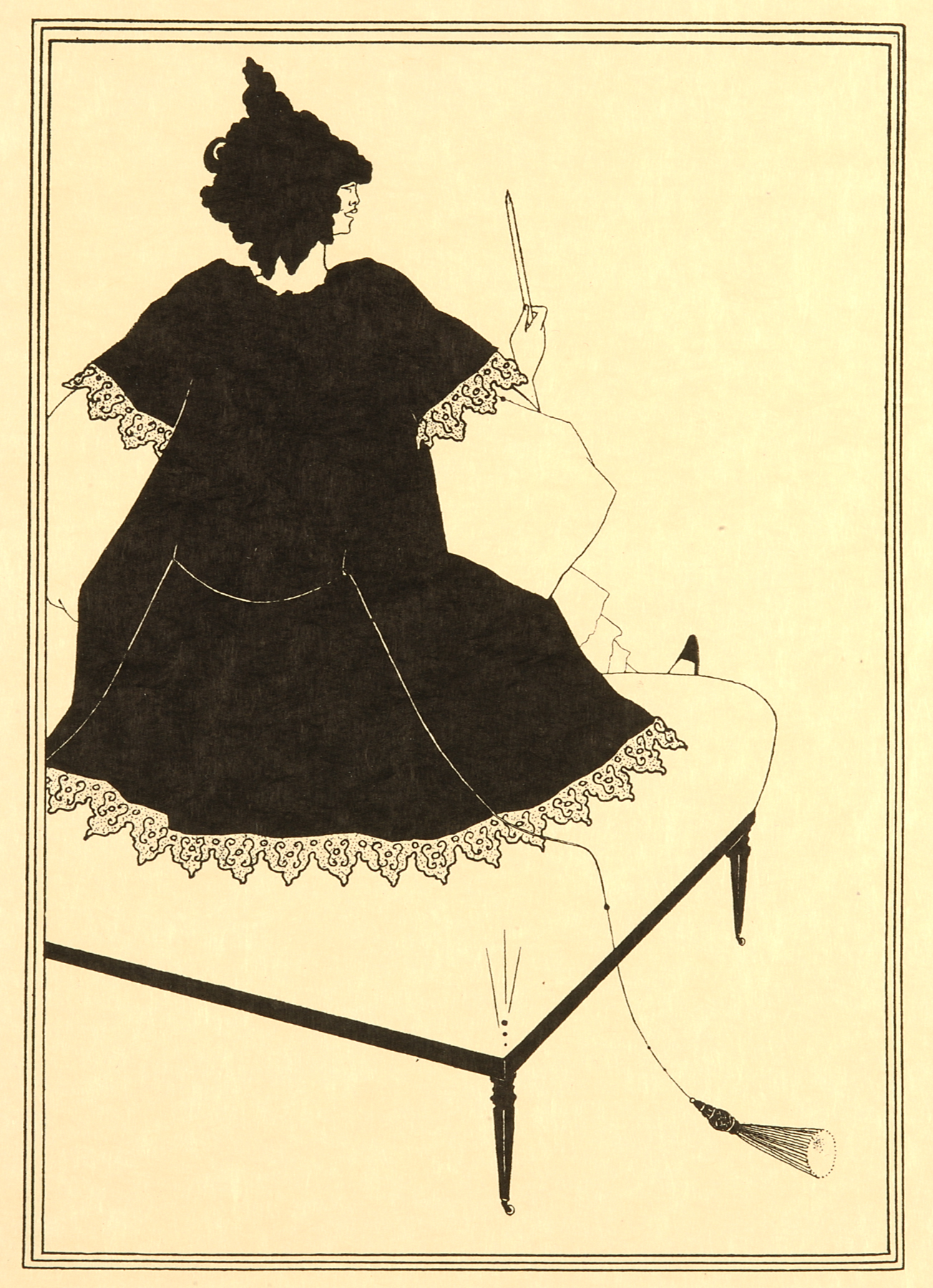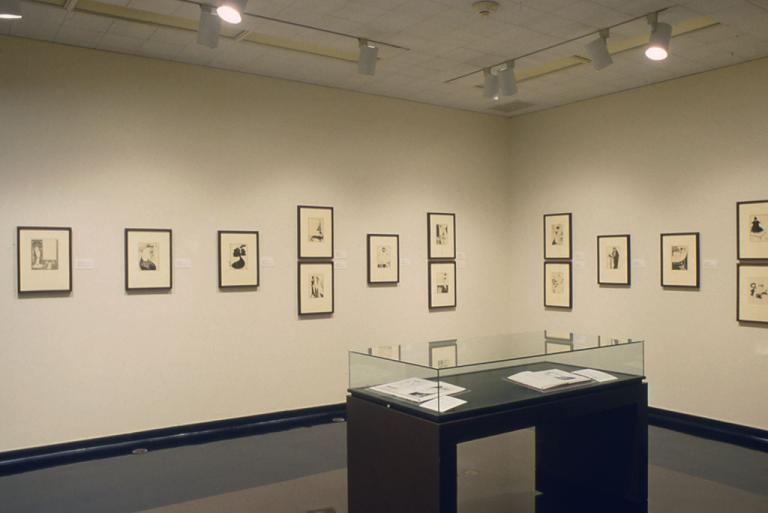Salome on Settle, Aubrey Vincent Beardsley
Artwork Overview
Aubrey Vincent Beardsley, artist
1872–1898
Salome on Settle,
circa 1907
Portfolio/Series title: A portfolio of illustrations for "Salome" by Oscar Wilde
Where object was made: England, United Kingdom
Material/technique: vellum; line block (photomechanical relief print)
Dimensions:
Image Dimensions Height/Width (Height x Width): 347 x 274 mm
Image Dimensions Height/Width (Height x Width): 13 11/16 x 10 13/16 in
Mat Dimensions (Height x Width): 19 x 14 in
Image Dimensions Height/Width (Height x Width): 347 x 274 mm
Image Dimensions Height/Width (Height x Width): 13 11/16 x 10 13/16 in
Mat Dimensions (Height x Width): 19 x 14 in
Credit line: Museum purchase: Letha Churchill Walker Memorial Art Fund
Accession number: 1992.0006.17
Not on display
If you wish to reproduce this image, please submit an image request

